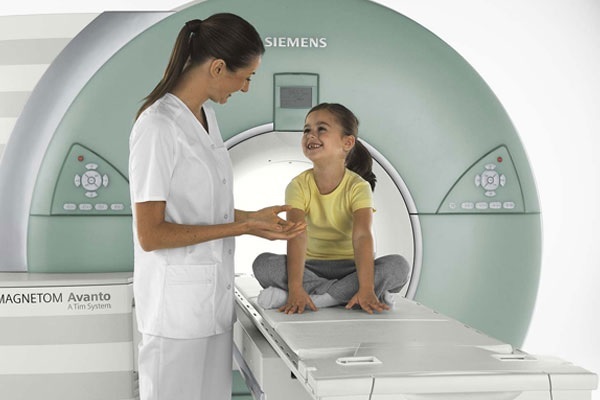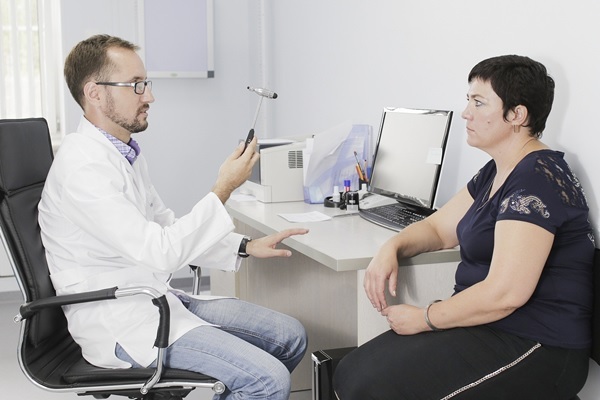Hallucinations in children and adolescents
Table of contents:
- Classification of hallucinations
- Symptoms of hallucinations
- Other types of perceptual disorders
- Reason - psychotropic substances
- Special conditions in adolescents
- Treatment of
- Conclusion
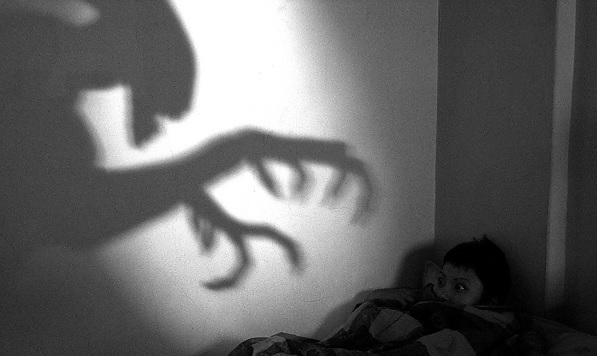 Hallucinations in adolescents and children are first identified by parents, educators and teachers, then during preventive examinations by pediatriciansand pediatric neuropathologists. Identified suspicious children are sent for consultation with a child psychiatrist in order to confirm or refute the assumptions and receive recommendations for further action.
Hallucinations in adolescents and children are first identified by parents, educators and teachers, then during preventive examinations by pediatriciansand pediatric neuropathologists. Identified suspicious children are sent for consultation with a child psychiatrist in order to confirm or refute the assumptions and receive recommendations for further action.
A separate group of patients are children under 4 years old, suffered cranial birth trauma, birth asphyxia, cerebral circulation disorders, neuroinfections( meningitis).Such children must be under the supervision of a pediatrician, neuropathologist and psychiatrist.
Classification of hallucinations
Hallucination is a pathological impairment of perception, in which the organs of sense of touch are perceived( seen, heard), which in fact is not, unlike illusions, in which only the qualities of a real-life object are distorted. Hallucinations occur irrespective of the patient's desire, have a violent nature, can not be controlled by consciousness and willpower, can not be caused by external stimuli.
Classification of hallucinations according to the sense organs:
- visual;
- hearing aids;
- tactile;
- olfactory;
- visceral( internal organs) or muscle;
- mixed, here also include hypnagogic and hypnopomatic hallucinations( associated with sleep).
Relative to sensory content:
- The true ones are felt as the presence of what is not, outside the body, from a place that can clearly be indicated by the patient, are perceived inseparable from real objects;
- Pseudohallucinations are felt inside the body( the voice is heard inside the head), accompanied by a feeling of "being done", unrealistic of what is happening, the patient realizes that these sensations can not be caused by real events.
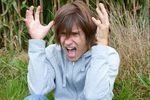 All about the main symptoms of schizophrenia in children with malignant disease.
All about the main symptoms of schizophrenia in children with malignant disease.
Do hallucinations occur with Huntington's chorea? Learn about the symptoms of the disease.
Symptoms of hallucinations
Each child manifests itself in different ways. Starting with simple, elementary: in the form of noise, individual sounds, flashes of light, up to ready-made monologues. Voices can comment on events, but danger is represented by those states where "voices" become imperative, orders what to do, where to go, what to say and when.
Outwardly such a person will give the impression of listening to something, somewhat tense, suspicious, alarming. Optionally, the teenager will respond to "voices", to talk to himself normally, he can, if he rehearses speech, learns the formation of voice, correct intonations.
Other types of perception disorders
Separately, a special type is distinguished - hallucinations, which are associated with the process of immersion in sleep - hypnagogic and on awakening - hypnapopic. This is the only type of hallucination that occurs without having a mental disorder in adolescents. At extreme fatigue, lack of sleep, intense rhythm, for example, in preparation for the final exams and admission to the university.
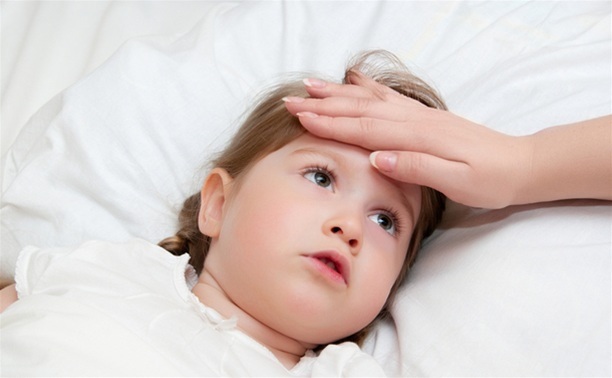 Another common situation of hallucinations in children is secondary impairment of perception in relation to the underlying disease. Leading position among the disorders of the body systems, in which hallucinations are observed, is occupied by the endocrine system. Concerning the injuries suffered - of course, the nervous system, damage to the brain and skull. Relative to diseases - infectious-allergic intoxication. The reason is psychotropic substances
Another common situation of hallucinations in children is secondary impairment of perception in relation to the underlying disease. Leading position among the disorders of the body systems, in which hallucinations are observed, is occupied by the endocrine system. Concerning the injuries suffered - of course, the nervous system, damage to the brain and skull. Relative to diseases - infectious-allergic intoxication. The reason is psychotropic substances
What confidential relations with the child were not, among the causes of hallucinations in teenagers can not be excluded hallucinations from poisoning with chemicals. Even if a teenager does not use psychoactive substances, he may experience a perception disorder from exceeding the permissible concentrations of other volatile substances, intentionally or not. And this is already a question of poisoning.
Interesting! About a quarter of all children have experienced hallucinations at least once before adulthood, but not all of this is told.
Pay attention to the pupils of the child, whether the size corresponds to the lighting. The reaction of the pupils to light is checked as follows: close the eye with a non-translucent object( can be hand) and suddenly remove it, the pupil normally narrows.
Special conditions in adolescents
A special group of impaired perception is made up of special states - depersonalization and derealization. Associated with the manifestations of depression in adolescence:
- Depersonalization - a sense of change in one's own body, alienation because of the "change that has taken place."
- Derealization - a sense of the changes in the environment, a sense of "being made," changes in the environment, expressed "unnaturalness" of what is happening together with a painful feeling from the realization that something has changed. It manifests itself as a subjective sensation of changing the intensity of colors, changing the tone of sounds, reducing the ability to distinguish and perceive tastes.
Treatment of
In adolescents and children, the treatment of hallucinations is medically prescribed. In the case of conditions associated with fatigue, where a full rest will stop the disorder, neuroleptics are also prescribed with a sedative purpose to help calm the nervous system and relax.
Combinations of neuroleptics with a tranquilizer are used to arrest excitement caused by hallucinatory experiences, while vital signs are necessarily monitored. When the excitement becomes uncontrollable under the influence of hallucinations, for the sake of the safety of others and the patient himself, it is necessary to use the restriction of the patient's movement, it is enough to lay him on the bed and cover the blanket over his shoulders, filling the ends under the mattress.
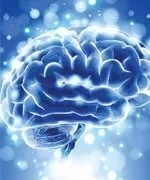 Did you know that hallucinations occur in epileptic lesions of structures?
Did you know that hallucinations occur in epileptic lesions of structures?
The appearance of hallucinations can be the first sign of a brain tumor: a clinical picture of pathology.
Consequences of agenesis of corpus callosum and prognosis for life.
Conclusion
It should be remembered that hallucinatory excitement is a condition that threatens not only physical health in the event of harm to oneself or others, but also somatic, because when a person feels unwell, a patient who is in disturbed consciousness can not complain.
Before you look for the names of tablets from hallucinations to a teenager, you need to determine the cause that caused them. This is not the case when you can rely on treatment with folk remedies. Here timeliness and adequate medical control over compliance with the prescriptions of the doctor is important. If you suspect a teenager's use of psychoactive substances, you will need a psychiatrist consultation, and the sooner the better, the later the prognosis.
write the question in the form below:

